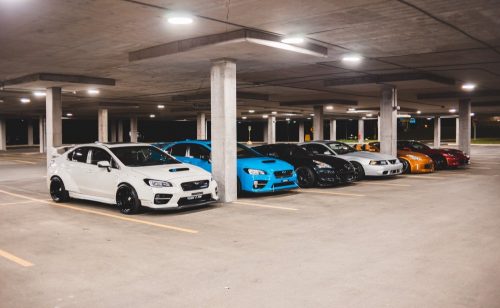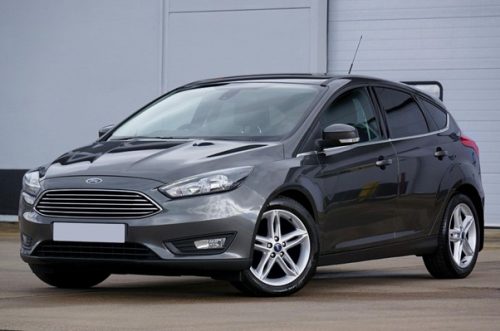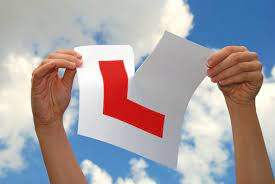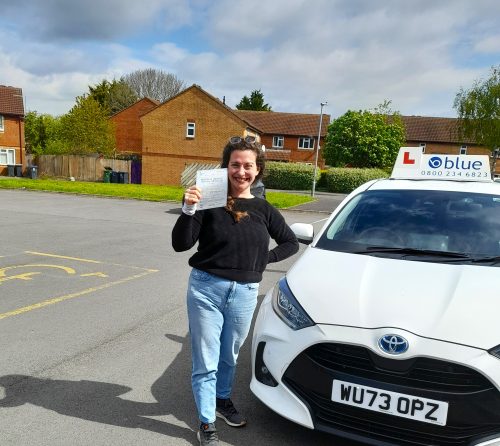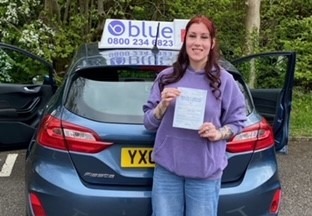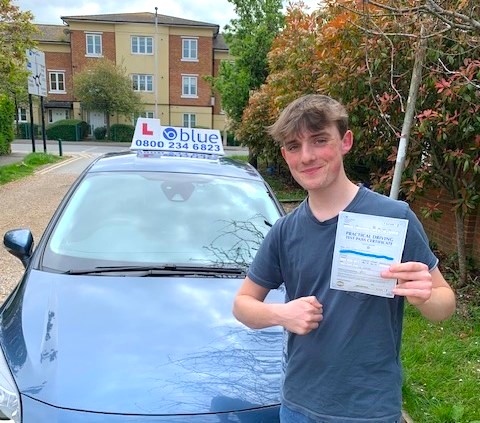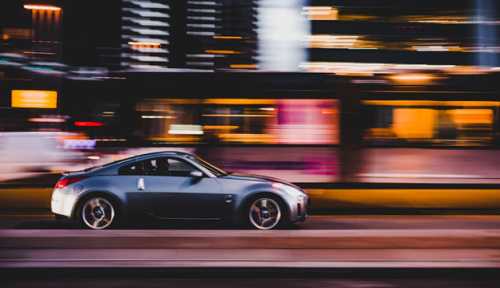
3 Things To Know When Driving A Fast Car For The First Time
Posted in: Driving Tips, News.
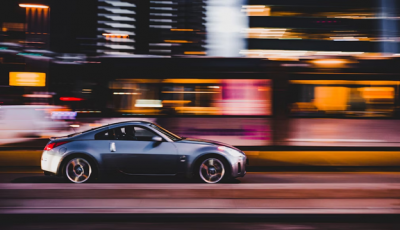
Most learner drivers will learn in small hatchbacks or family cars without much power or speed behind them. You’ll typically go up to around 50 or 60 mph on your lessons, possibly even 70 if you go on a motorway.
After passing your test, you’re not really experienced at driving fast cars. When you have gone fast, it’s taken a while to get there. So, if you suddenly start driving a fast car, it can feel really intimidating – and possibly dangerous if you don’t know what to expect. With that in mind, here are three things to know when driving a powerful car for the first time:
Gear changes happen a lot faster
In a typical learner car, you’re changing gears at a fairly smooth rate. It’s not hard to do as there’s time for the revs to increase until you need to slip from 1st to 2nd to 3rd, etc.
With fast cars, things are totally different. Some cars can go from 0-60 in under 5 seconds. This means within that time you’re moving through a couple of gear changes already. It’s not something you’re used to, so be prepared to keep your hand on the gearstick and make those changes as smoothly as possible to avoid stalling.
Handling can feel slippery
A lot of powerful cars come with traction control and a host of other features to improve handling at high speeds. But, that doesn’t remove the fact that handling a fast car can feel quite loose and slippery. Maintain control at all times as small movements can cause the car to lurch or skid out of control – especially when going around bends or changing directions.
Also, if you’re buying a classic car with a powerful engine, be aware that it may lack power steering. This’ll mean the car requires more physical effort to handle because of all the power in the engine. If you’re not an experienced driver, it’s probably best to stay away from older cars for now.
Reaction times decrease
The faster you go, the less time you have to react. As you get more experienced and improve your driving skill set, you can increase your reaction time. You become more aware of everything around you and no longer worry about certain things, giving you more time to react to situations.
In fast and powerful cars, everything happens so quickly. You have less time to react when something happens in front of or behind you. Be aware of this and try to give yourself more time in certain situations. For instance, when you’re coming up to a pedestrian crossing, start slowing down sooner than you’re used to because the car is going faster. It means you can come to a soft stop if someone decides to cross the road, rather than needing to slam on the brakes for an emergency stop – or worse.
A lot of learners will go from a slow learner vehicle to a faster car immediately after passing. Especially if you share a car with your parents as they may have something way more powerful than you’re used to. If you know what to expect when driving quickly, it becomes less scary and easier for you to manage
Tags: 3 Things To Know When Driving A Fast Car For The First Time





